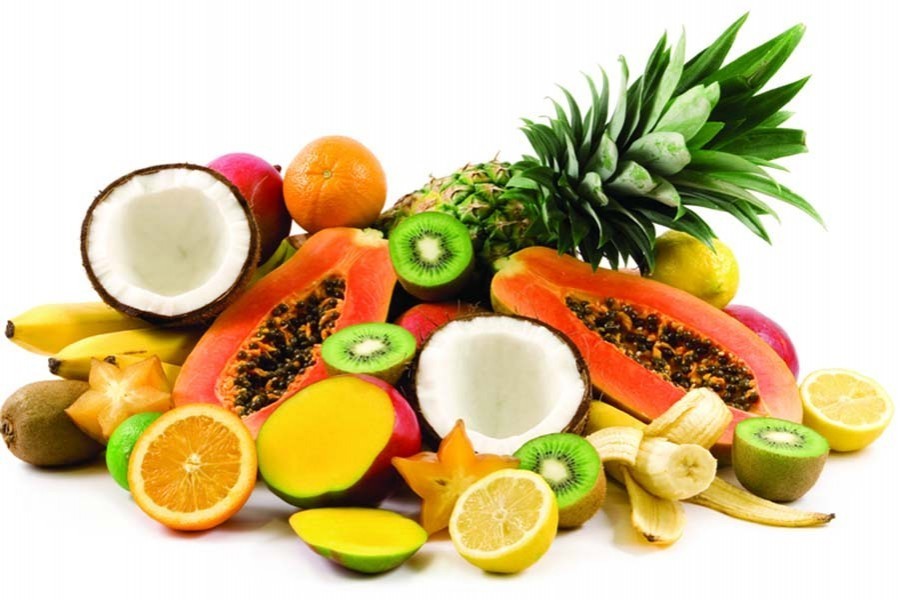For the last 10/15 years many educated Bangladeshi youths disillusioned with fading job prospects have been seen going back to their native villages. They are found trying their luck in farming --- not the traditional crops but unconventional ones like exotic fruits. The scene, however, is not too unique to make the villagers feel utterly surprised. In fact, the spectacle of youths having rural background engaging in non-traditional farming in the country is not an unusual spectacle. Earlier, they showed the way to the revival of many native fruits considered long extinct.
The youths taking increasing interest in agricultural activities mark a break with the Bangladesh of the past. In the earlier days, they owned small paddy fields and cultivated those with entrepreneurial zeal. Those scenes demonstrated their keen interest in agriculture in general, with some of them extending their farming to the area of vegetables. It is these very youths who are nowadays proving their excellence in growing fruits not indigenous to this country. Thanks to the exorbitant cost in cultivating foreign fruits and the expenses required for nursing the trees and plants, the price of these fruits were formidably high after they were first brought to the city markets. Except a minuscule number of urban rich, the average big-city people remained lukewarm about the Bangladesh-grown foreign fruits.
Thanks to the eventual involvement of professional farmers in fruit cultivation and the faint signs of profits from their sales, leading to their abundant supply and price fall, the middle-class people turned to the fruits. All these fruits are nutritious and highly protein-rich. Surprisingly, they haven't received the backing of the departments concerned promoting the food value of the fruits now grown largely in many parts of the country. The fruits include strawberries, Central American dragon fruit, red grapes, Southeast Asian rambutan, Thai red papaya etc. Few people could ever think that fruits like logan, avocados, apricots to cross-bred jujube, and those of different kinds of delicious taste and aroma would once continue to attract young and innovative amateur farmers, to be joined by elderly professionals. The changing pattern in the country's farming has a lot to do with the farmers' gradual adoption of a new cropping style --- thanks to the untimely flooding of cropping areas prompted by the onrush of water through rivers in upper riparian regions across the border.
Both young and seasoned farmers are now being forced to pick alternative crops like fruits and vegetables for their survival. In the past, the auxiliary crops such as fruits and vegetables would be cultivated on the fringes of the major crop fields. As these fields run the risks of being ravaged by flash floods and other hazards, not to speak of the drop in the soil nutrients, farmers find the cultivation of exotic fruits quite pragmatic. The Department of Agricultural Extension (DAE) is always with them offering valuable advice on how to increase fruit and vegetable yields. Despite the bumper growth of rice in the country's southwest, also elsewhere in the country, mango and litchi farmers in the region do not feel discouraged. Higher yields of summer fruits in almost 70 per cent of the country have given Bangladesh a remarkable distinction. Credits for all this go to the undaunted spirit of the farmers concerned. The exclusive growers of exotic fruits on the country's mainly alluvial soil can also deserve plaudits for their enterprising spirit. Due to the foreign fruits' increased quality, they are also fast becoming popular.


